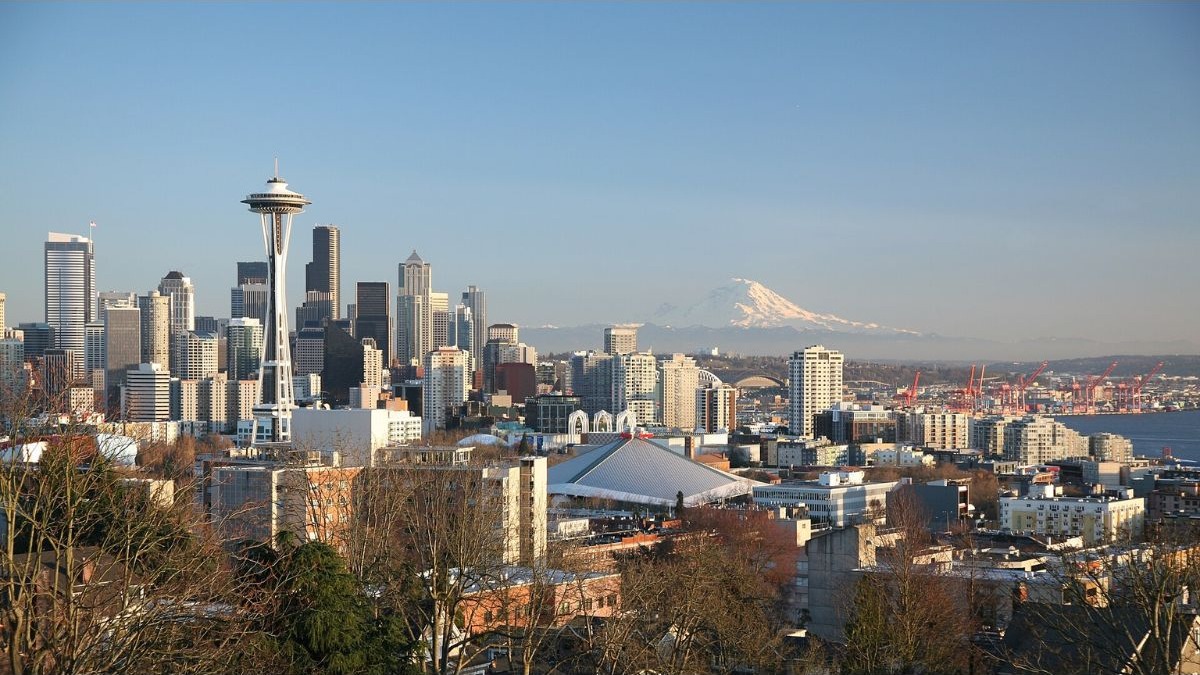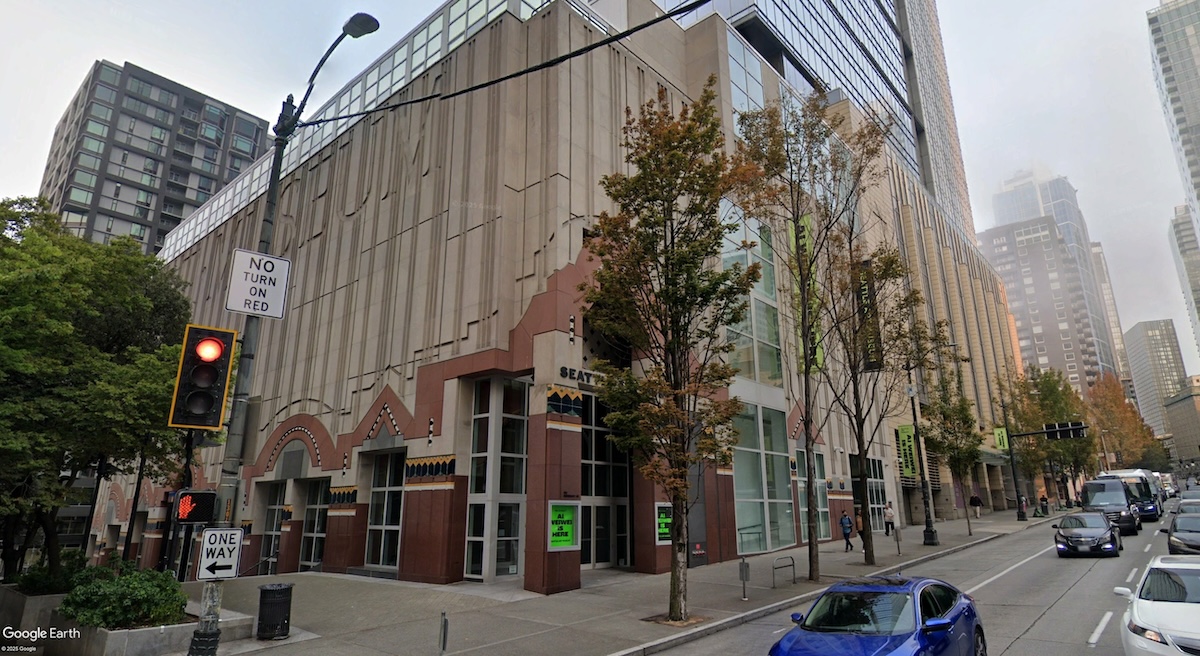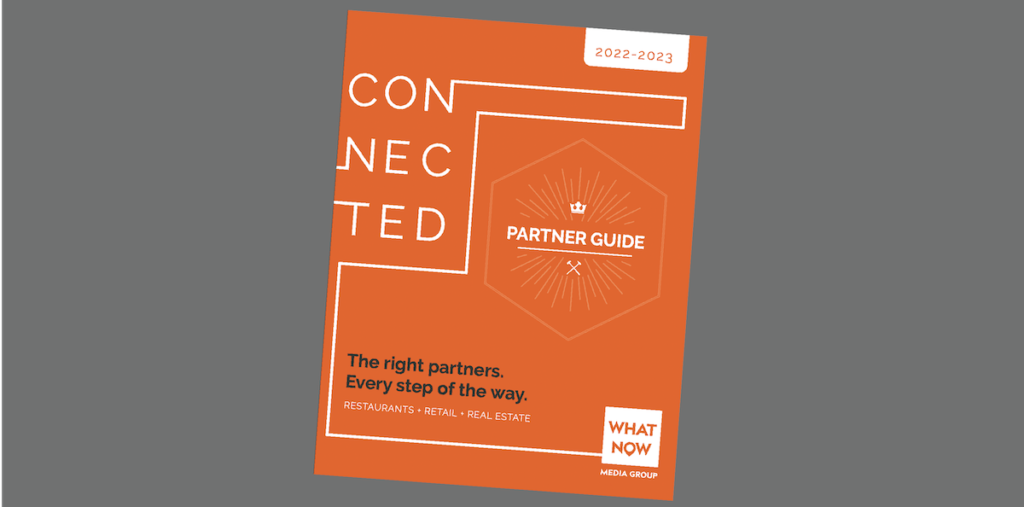The common rule of spending no more than 30% of income on housing doesn’t hold up in most major metro areas across the country. Realtor.com’s May 2025 report found that housing affordability remains a challenge for most median-income households. The Seattle-Tacoma-Bellevue housing market was also included in the list of non-affordable metros.
Highlights
- 47 of the 50 largest metro areas in the country require more than a 30% share of income to buy a house.
- Seattle-Tacoma-Bellevue ranks among the least affordable housing markets in the country.
- Markets such as Pittsburgh, Detroit, and St. Louis remain relatively affordable.
Seattle–Tacoma–Bellevue Housing Costs Now Require Over Half of Median Income
Spending 30% of pre-tax income on housing is widely seen as a healthy benchmark, allowing room for other expenses and savings. But Realtor.com, May 2025 report shows that most metro areas are now considered unaffordable for the average household.
In Seattle-Tacoma-Bellevue, a median-income household must spend 56.3% of its income on housing, nearly double the affordability benchmark. This is nearly double the stated 30% affordability mark.
As of May 2025, the median home price in the region was $799,000—far above the national median of $440,000. Despite high home prices, the area’s 2025 median household income was $113,456, underscoring the affordability gap.
This confirms the region is among the least affordable housing markets, making it tough for people to plan a purchase.
Which U.S. Metro Areas Are Still Affordable for Median-Income Buyers?
Affordability is strained in many parts of the country. The report highlights the growing divide between income levels and home prices nationwide.
While Seattle’s affordability rate is high, Los Angeles–Long Beach–Anaheim tops the list, with median-income buyers needing 104.5% of their income to afford a home.
Other regions in California, New York, and Boston fall under the least affordable markets. Meanwhile, some metro areas continue to offer relatively accessible housing for median-income households. All of them fall in the Midwest.
People can manage their budget for home purchases in Pittsburgh, Detroit-Warren-Dearborn, and St. Louis with a need of 27.4%, 29.8%, and 30% share of income, respectively.
Bridging this affordability gap requires several changes. Home prices are climbing in areas with high demand and scarce supply. Expanding housing supply, raising wages, lowering mortgage rates, and reducing home prices could help ease the burden for homebuyers.













